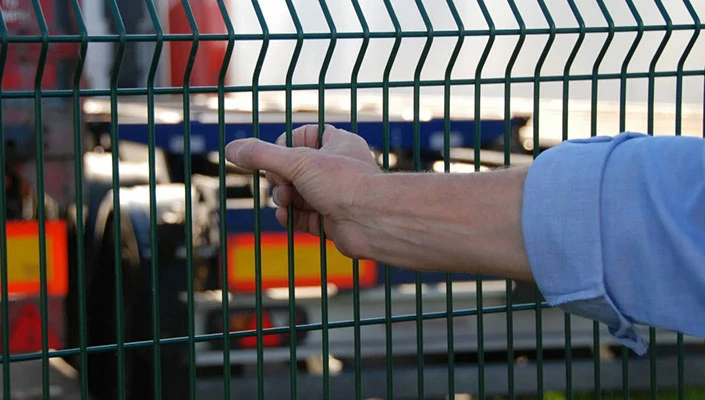nails to use for fence pickets
Choosing the Right Nails for Fence Pickets
When it comes to building a fence, selecting the right materials is vital for ensuring durability, stability, and aesthetic appeal. One of the most overlooked components in fence construction is the type of nails used to secure the fence pickets. The choice of nails is essential for the overall longevity and strength of the fence. In this article, we will explore the various types of nails to use for fence pickets and why they matter.
Types of Nails for Fence Pickets
1. Galvanized Nails These are coated with a layer of zinc, which protects them from rust and corrosion. Galvanized nails are ideal for outdoor applications, making them an excellent choice for fence pickets. The corrosion resistance ensures that the nails will hold up against the elements over time.
2. Stainless Steel Nails While generally more expensive than galvanized nails, stainless steel nails offer superior corrosion resistance, making them ideal for coastal climates or areas with high humidity. They are less likely to rust and can maintain their integrity for decades, making them a long-term investment for your fencing project.
3. Coated Decking Nails These nails come with a polymer coating that enhances their grip and rust resistance. They are designed for outdoor wood projects and are a good choice for fence pickets made from pressure-treated lumber. The coating helps prevent the nails from slipping, providing a more stable installation.
4. Ring Shank Nails Ring shank nails have a series of ridges along the shaft, which provides additional grip when driven into wood. This feature helps prevent the nails from backing out over time, especially in applications where there may be movement or shifting in the materials. They are particularly effective for holding fence pickets securely in place.
nails to use for fence pickets

5. Spiral Shank Nails Similar to ring shank nails, spiral shank nails have twisted ridges that screw into the wood as they are driven in. This design offers excellent holding power and is less likely to create splits in the wood, making them a solid choice for fastening fence pickets.
Nail Length and Size
Selecting the appropriate nail length and size is just as crucial as the material. For attaching fence pickets, nails that are 1.5 to 2.5 inches long are generally recommended. The length will depend on the thickness of the pickets and the types of rails they are being attached to. It’s essential to ensure that the nail penetrates the frame sufficiently to provide a solid hold without compromising the integrity of the picket.
Installation Tips
- Pre-Drilling For harder woods or composite materials, pre-drilling holes for the nails can prevent splitting, especially when using larger nails. - Nail Spacing It’s a good idea to space the nails evenly along the edges of the pickets. Typically, one or two nails per picket will suffice, depending on the picket size and wind resistance in your area. - Use a Hammer or Nail Gun While a hammer can certainly do the job, using a nail gun can speed up the installation process and ensure more consistent placement. If using a nail gun, ensure that it’s set to a depth that allows the head of the nail to sit flush with the wood surface.
Conclusion
In conclusion, the type and quality of nails used for securing fence pickets significantly impact the longevity and stability of the fence. By selecting the appropriate materials—like galvanized, stainless steel, or specially coated nails—and adhering to proper installation practices, homeowners can achieve a sturdy and reliable fence. Investing time and resources in choosing the right nails for your fencing project will pay off in the long run, providing you with a beautiful and safe enclosure for your property. Remember, in woodworking, just like in any construction project, the little details can make all the difference, and nails are no exception.
-
Space-Saving Chain Fence Hacks Vertical Gardening with Cyclone MeshNewsJul.16,2025
-
Innovations in Iron Nail Wire Production for Modern ConstructionNewsJul.16,2025
-
Creative Uses of Wire Netting Fence in Modern Landscape DesignNewsJul.16,2025
-
Barbed Wire Fence Innovations in Anti-Climb TechnologyNewsJul.16,2025
-
Architectural Uses of Umbrella Nails for Aesthetic Roof DesignsNewsJul.16,2025
-
Architectural Uses of Razor Barbed Wire in Secure Urban DesignNewsJul.16,2025




